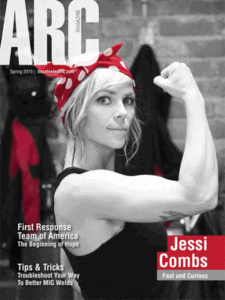 Sure, the bulk of Content Marketing World focused on digital options for creating and sharing content. But don’t rule the printed word just yet, especially custom print vehicles that can be a great calling card for your brand.
Sure, the bulk of Content Marketing World focused on digital options for creating and sharing content. But don’t rule the printed word just yet, especially custom print vehicles that can be a great calling card for your brand.
“Remember that after the big boom of modern media, no media died. There is radio, but it has changed. There is TV, but it has changed. And yes, there is print, but it has changed,” said Igor Savic, partner and managing director, PM, poslovni mediji, in a panel on the role of print in content marketing. “Print media is here because it is efficient. It produces effect and impact.”
Savic, whose agency is based in Slovenia, noted that marketers shouldn’t confuse the idea of efficiency and measurement. “Just because print is difficult to measure doesn’t mean it isn’t efficient. There are so many factors that makes print efficient, more than we might like to believe in this digital time.”
For The Lincoln Electric Company, print is a good fit. Lincoln produces a quarterly magazine called ARC, a publication it calls a “welding lifestyle magazine.” ARC serves as a “brand within a brand,” says Craig Coffee, manager, U.S. marketing communications for Lincoln.
The magazine, which debuted this spring, is for anyone connected to the welding and metalworking trades. Lincoln is a producer of welding products and systems based in Cleveland.
While they don’t hide the fact that Lincoln publishes ARC, the brand takes a back seat. Products aren’t directly promoted in the magazine—“We’re entertaining rather than selling”—and the editorial is outsourced, which gives Lincoln more credibility with readers, he said.
TD Ameritrade produces ThinkMoney quarterly, taking an irreverent tone with editorial that is carried over into other communications for the brand.
“When we started [producing the magazine], we thought about what our brand identity would be within the magazine,” said Nicole Sherrod, managing director, trading group, TD Ameritrade, noting that the company wanted to create a more sustainable way to connect with the audience beyond fleeting online interactions. “After all, you get emails every day and often the bulk of those interactions are simply figuring out what to delete.”
Like Lincoln Electric, TD doesn’t over-brand the publication with its corporate identity. The reason is very practical: if a prospect who was currently working with another broker saw the magazine and it was heavily TD Ameritrade focused, they wouldn’t think there was anything in it applicable to them. “But content can help position your brand’s differentiation.”
 Network
Network

